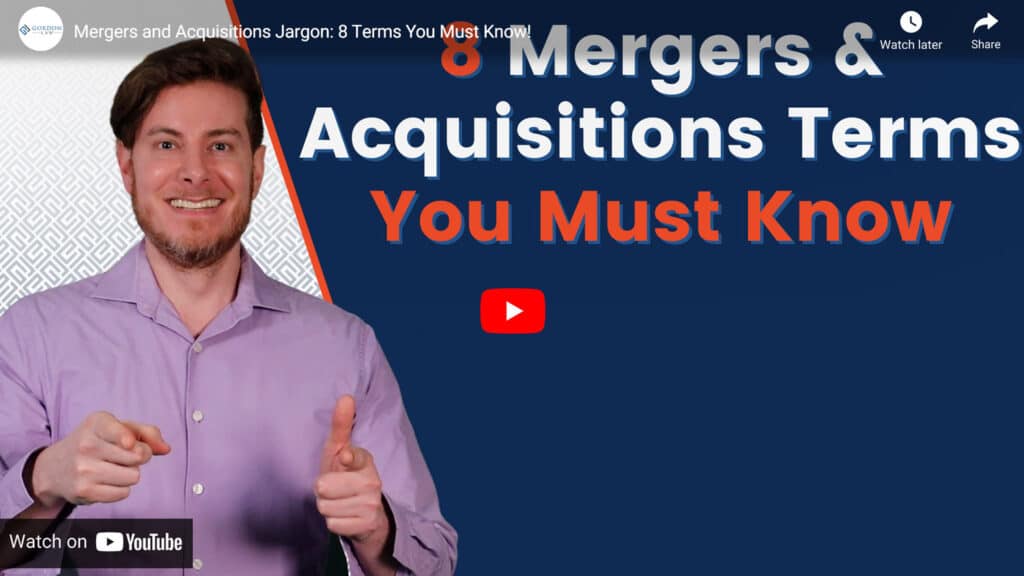The term mergers and acquisitions (M&A) refers to business transactions where businesses combine (merge); one business purchases another; or one business purchases specific assets from another business. M&A transactions may also involve an individual purchasing an existing business.
From startups, mom and pop shops, to well-established corporations, companies of all sizes engage in mergers and acquisitions.
Companies may pursue an M&A for various reasons, including opportunities to scale, wiping out the competition, or selling to a bigger company.
Mergers happen when 2 companies seek to form a partnership and join forces for the greater good. These types of M&A transactions typically occur with companies of similar size and who operate in the same industry. When 2 companies merge, it is done on common ground and mutually agreed on before they become equal partners in the new joint venture.
Example: In 2008, Sirius Satellite Radio joined forces with rival XM Satellite Radio to create Sirius XM. Since these two companies were alone in the satellite radio world, merging allowed them to limit competition, and both reap the market benefits.
Acquisitions often occur among competing companies in the same or similar industries. The larger of the 2 companies may buy the smaller company and integrate operations, reducing competition while simultaneously growing; or vice versa.
An individual interested in seeking to go into business for themselves may also acquire an existing company instead of creating their own.
Example: In 2016, Microsoft acquired LinkedIn for $26.2 billion after competing with Salesforce.com to close the deal. Acquiring LinkedIn allowed Microsoft to reach a much larger user base on one of the world’s most successful social networks.
Both processes are virtually the same, but the strategies used and the relationships between the companies can differ depending on a merger vs. an acquisition.


